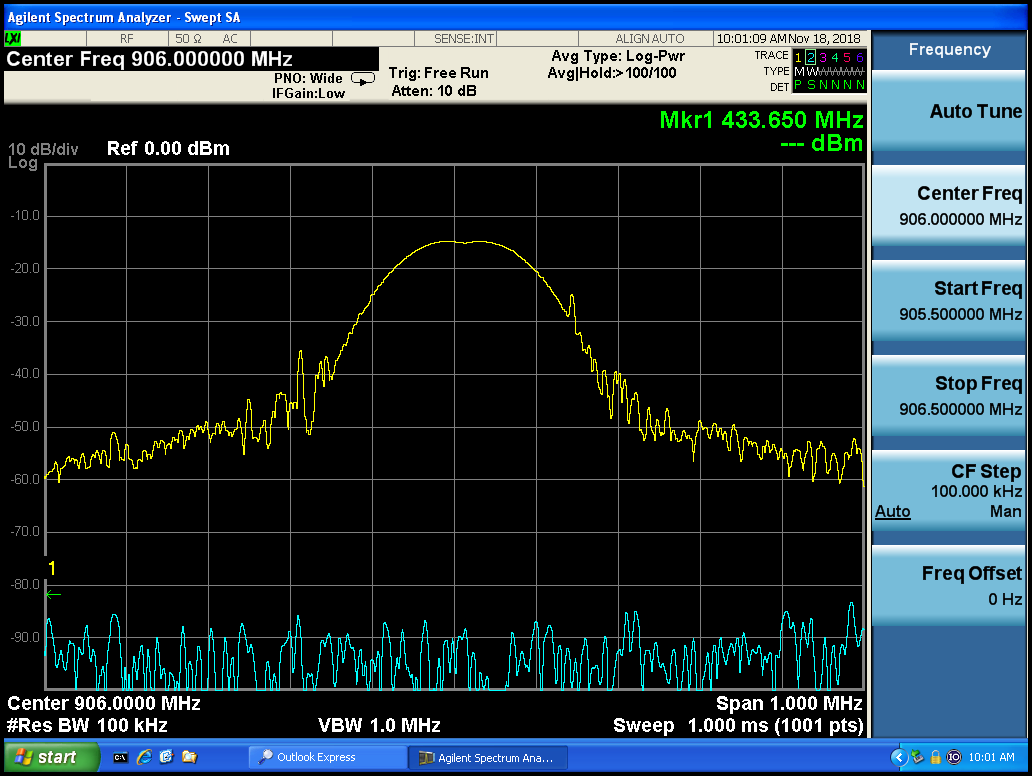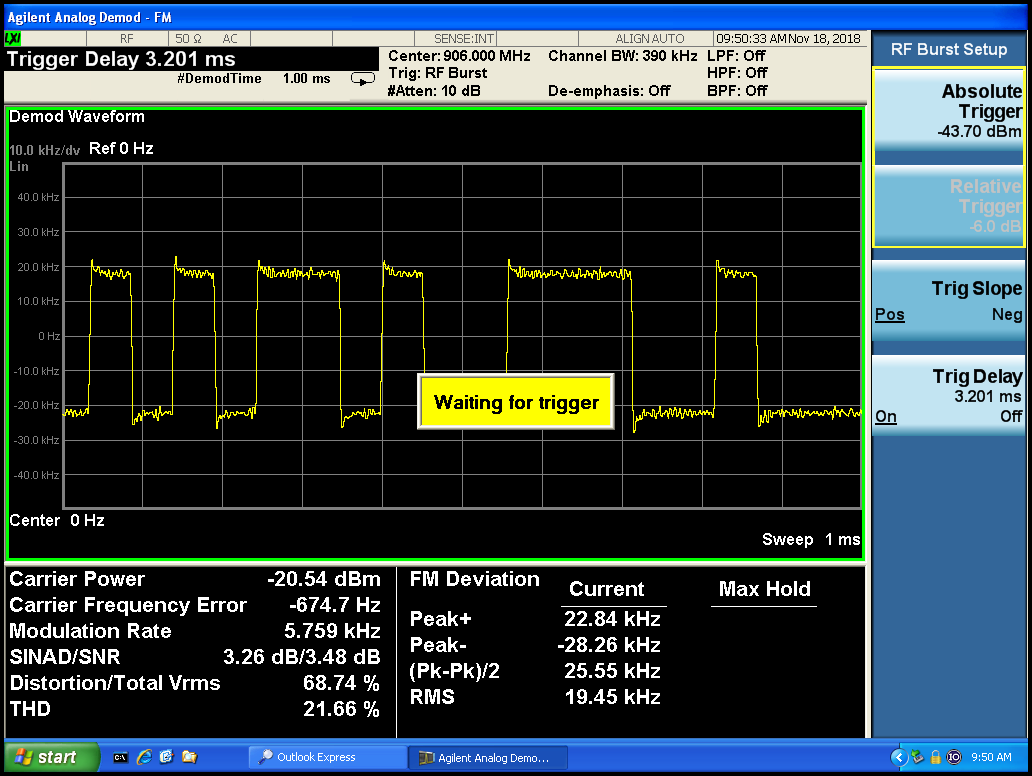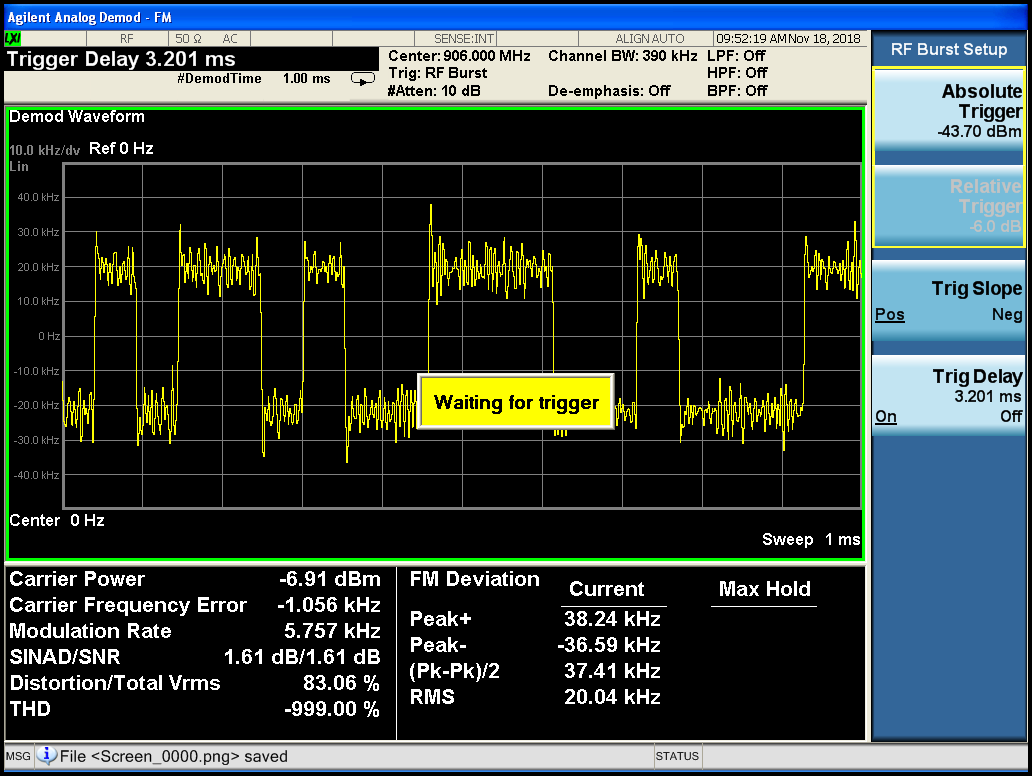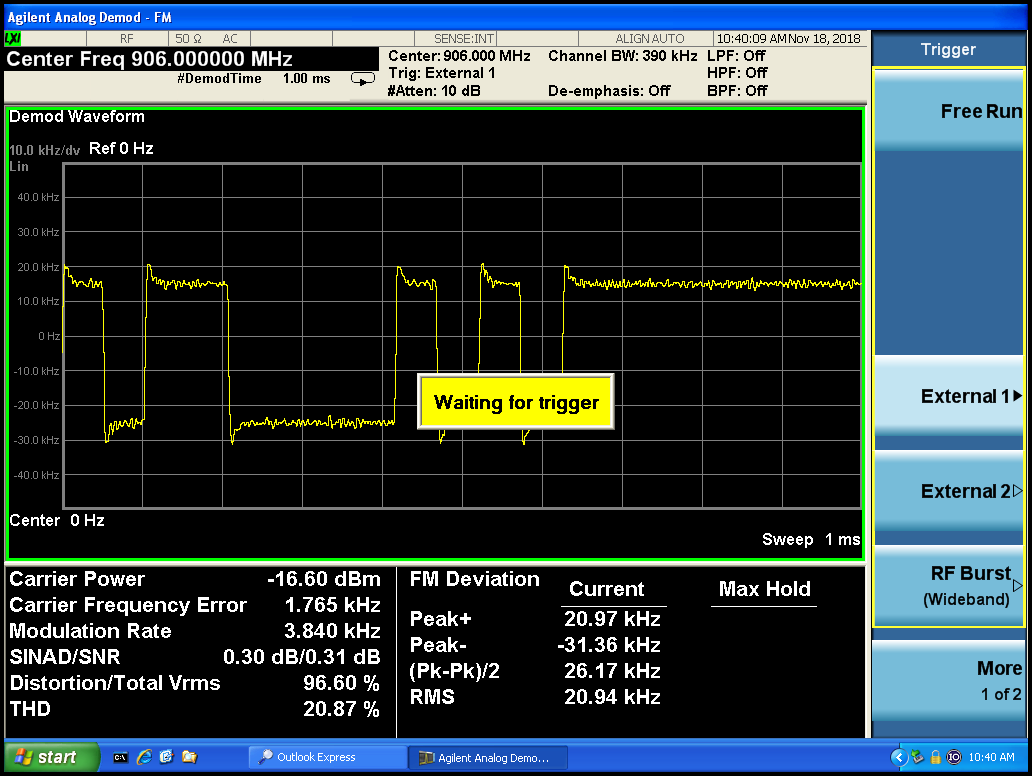Part Number: CC115LEM-868-915-RD
Hello,
We have a product on hand (whose source code we cannot access) that uses the CC1120 radio, and for one of our commissioned products we've had to adapt these radio settings to the CC115L, which we're also using in several other products. However, when we use a 2-FSK modulation scheme for our transmissions, we're seeing a lot of modulation noise that isn't present in the CC1120 radio.
To determine if a the hardware issue or our software register settings, we're looking for a CC115L daughterboard that we can plug into the TrxEB boards. After doing some research, it looks like TI used to manufacture a development kit (CC11XLDK-868-915) that included the CC115L eval board. Unfortunately, it's now obsolete and unavailable from any third-party suppliers. Is there any replacement development kit for the CC115L?
Thanks,
Jennifer






